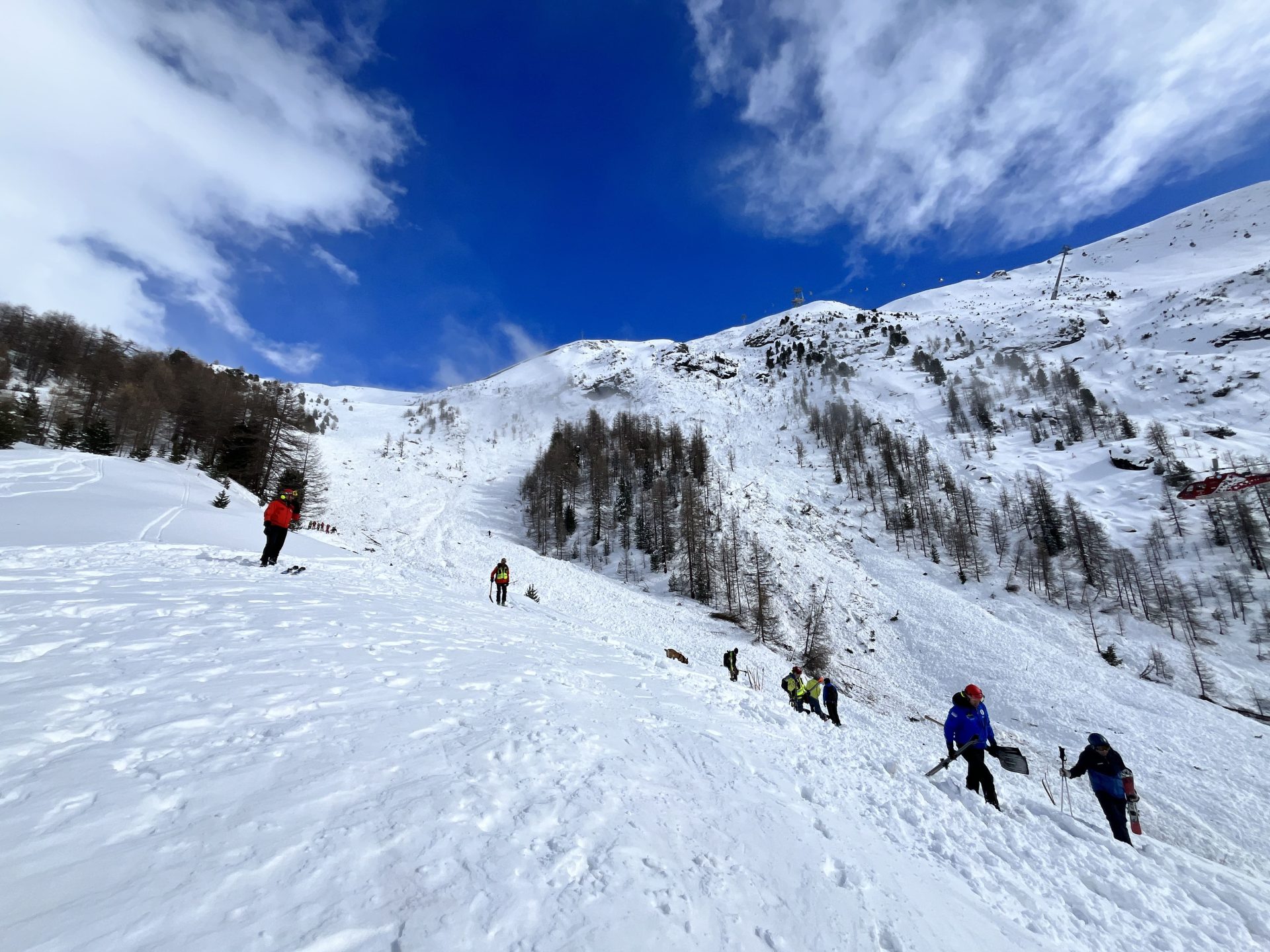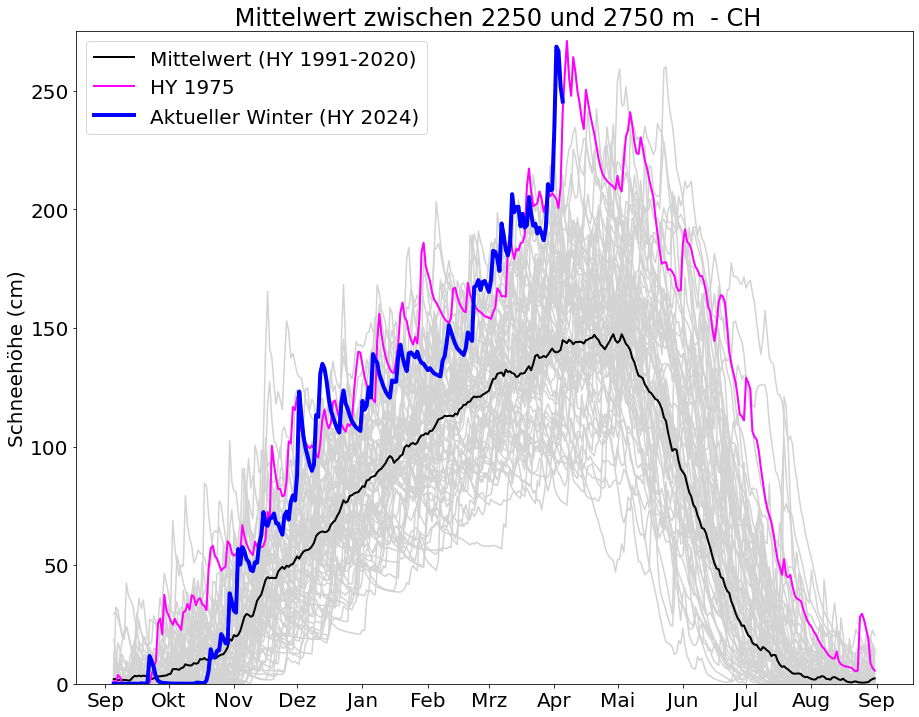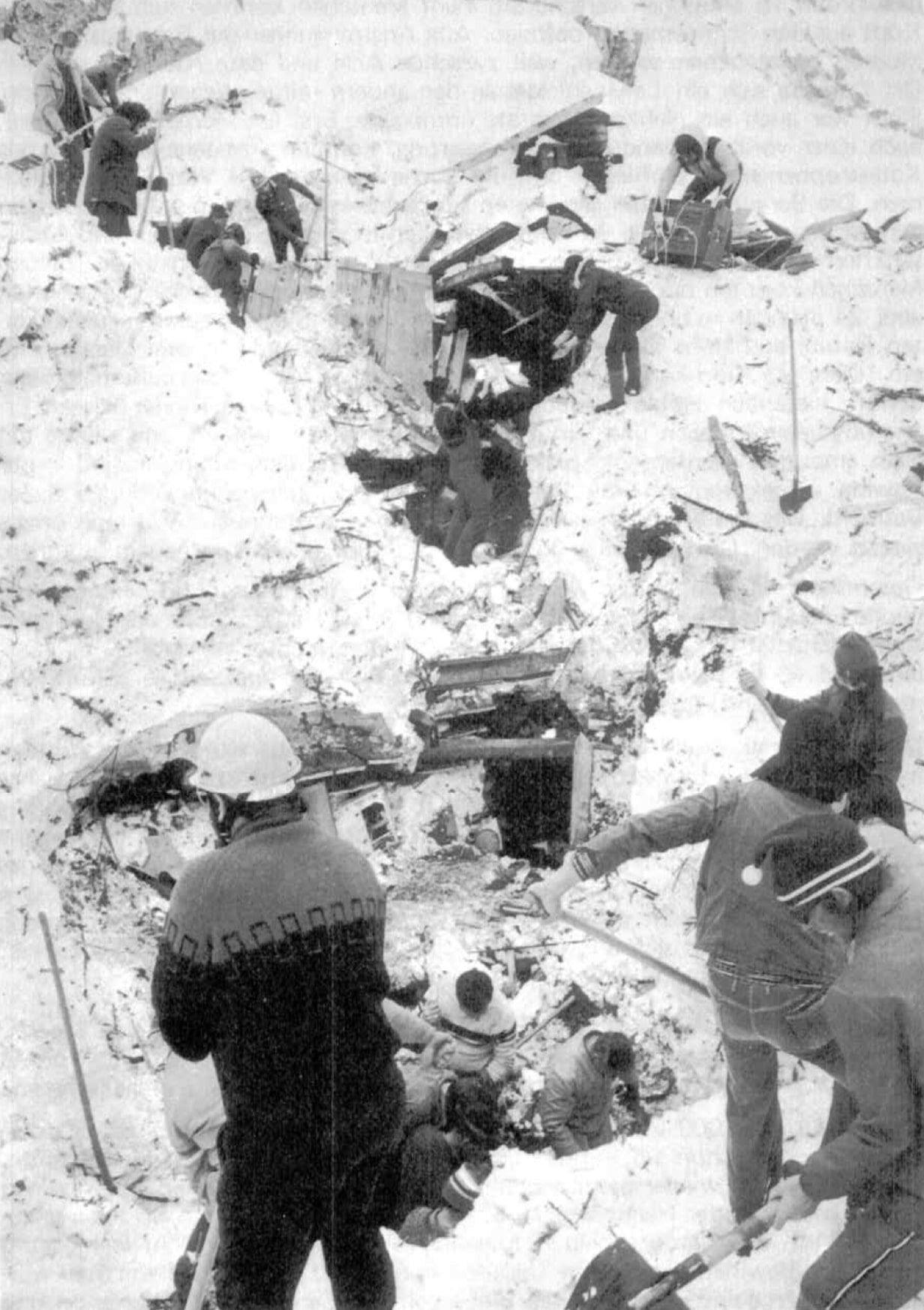
A comparison of snowfalls from 2023/24 with snowfalls in 1974/75 — almost 50 years ago — by the Swiss Avalanche Institute SLF has shown that snowfalls in those two seasons have been very similar. In early April 1975, several avalanches across the eastern Alps in Germany, Switzerland, and Austria went down, killing more than 40 people, both on the mountain as well as in villages. Entire mountain villages were obliterated, and several centuries-old houses were destroyed. It was the deadliest April since record-keeping began in Europe. The 1974/74 season is considered one of the big ‘avalanche winters,’ the most recent avalanche winter was 1998/99, which saw 1,550 avalanches in Switzerland alone.
While the recent slew of avalanches in Switzerland and Austria has not claimed quite as many lives as five decades ago, the amount of snow that fell in such a short window is eerily similar: then, as now, 230 to 270 centimeters (91-106 inches) of fresh snow fell within just six days. Disentis in Switzerland recorded a record of 281 centimeters (111 inches) back in April 1975. But it was not just April snowfalls that were similar; in general, the seasons were very similar, with above-average temperatures earlier and then a strong cold snap in April.
For the analysis, SLF climatologist Christoph Marty compared snow depth in Switzerland at altitudes between 2,250 and 2,750 meters (7,382 and 9,022 feet) in the last 50 years. The result shows that both seasons were outliers above the median value (see graph below) and overlapped for large parts of the season, especially in April.

SLF climatologist Christoph Marty has observed great similarities between the development of snow depth in the current 2023/24 season and the development 49 years ago: “If we compare the amount of snow that has fallen in the winter months, the curves run parallel over long stretches.”
The key difference between 1974/75 and this most recent season is that a much larger area was affected 49 years ago, as the freezing line was significantly lower. The Swiss village Disentis, situated at 1,200 meters (3,937 feet), which held the record in April 1975, only recorded a mere 29 cm (11 inches) in the village this April.
In addition, the lower rate of fatal avalanches can be attributed to advances in avalanche mitigation and detection, such as controlled bombings, snowpack analysis, and static defense structures such as avalanche barriers and snow nets.
Marty is unsure why these two winters are so eerily similar, “I was surprised myself.” The only thing that is certain so far is that it doesn’t matter that the 2023/24 season was significantly warmer. “At 2,500 m, the temperature plays a subordinate role in the amount of new snow, as it is usually cold for snowfall in winter,” explains the scientist. He will now look at the data to find the reasons for the parallels.
It is great to know that advances in avalanche mitigation have made winters much less dangerous for people, animals, and infrastructure, and it highlights the importance of the work of avalanche institutes the world over.
